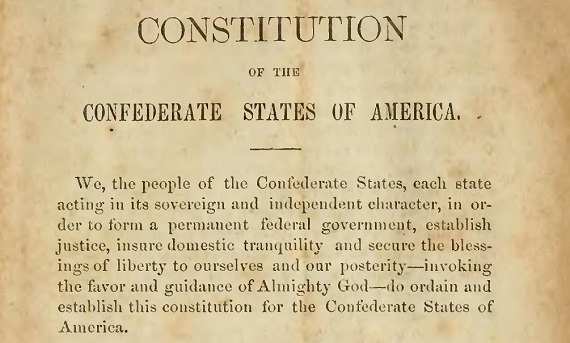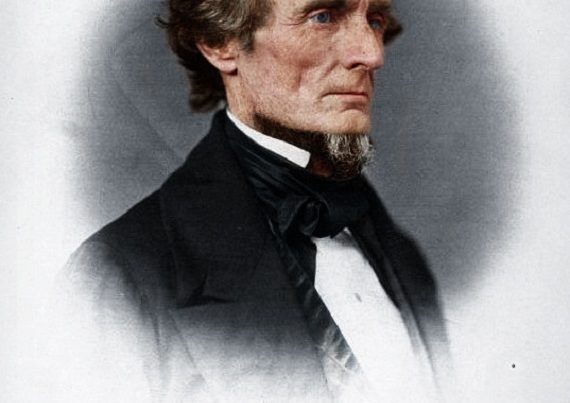
The Confederacy never organized a Supreme Court because her founders generally interpreted the U. S. Constitution strictly. Over the years they had seen that the U. S. Supreme Court tended to make rulings, and assume jurisdictions, that strengthened and enlarged the Federal Government. As a component of that Government they realized that the Court had a natural tendency to increase its authority. Along with some of the best informed founders of the 1789 Federal Union, however, they believed that the Supreme Court was only intended to be the final authority on matters pertaining to the powers specifically enumerated in the U. S. Constitution. None of the three Federal branches—President, Congress and Judiciary—were intended to have final authority over the rights reserved for the states.
The conflict became obvious when President John Adams pushed through the 1798 Sedition Act, making it a crime to speak ill of the President or Congress. Since it was harshly enforced for some of the mildest criticisms, strict constructionists respond. Among them was future President James Madison who is known as the Father of the Constitution. He denied that the Supreme Court was the ultimate authority on States Rights. This can be seen from the 1798 Virginia and Kentucky Resolutions he helped write with Thomas Jefferson condemning the Sedition Act as unconstitutional.
Although the Court would increasingly try to narrow the realm of States Rights, Madison denied that “the Federal judiciary” was the ultimate judge of such limits because it was the people of the states themselves who were the final authority. In the Virginia Resolutions he wrote, “However true . . . it may be that the [Federal] judicial department is . . . to decide the last resort, this resort must necessarily be deemed the last [only] in relation to the authorities of the other departments of the [Federal] government; not in relation to the rights of the parties [people of the states] . . . to the constitutional compact, from which [all Federal departments] . . . hold their delegated trusts.” That the Supreme Court might make contrary rulings is irrelevant.
Although Madison later expressed a different viewpoint in a letter about the 1833 South Carolina nullification it is a confusing statement inconsistent with his writings in his prime. Historian Herbert Agar—no Lost Cause proponent—dismisses it. “During the [1833 Nullification] crisis, he [Madison] claimed that his famous Resolutions of 1798 gave no support to the doctrines of [John C.] Calhoun. This was not a claim that could be defended in logic.”
Calhoun would build upon the Resolutions to formulate his nullification theory that South Carolina invoked in 1833 to nullify the 1828 Tariff of Abominations. Calhoun argued that the tariff was not uniform in terms of geographic economic impact and therefore unconstitutional. When the Federal Government crossed over constitutional lines, a state could take action as the final authority of constitutionality in its borders, not the Supreme Court. All states could only be forced to conform to such a law by passing a new amendment specifically making it constitutional.
That actually happened in 1795 with the Eleventh Amendment. When a 1793 Supreme Court ruling held the state of Georgia at fault in a suit brought by a South Carolina resident, Georgia denied the Court’s jurisdiction. After the adverse ruling ten other states joined Georgia to ratify a new (11th) Amendment specifying that individuals outside an applicable state could not sue that state without the state’s permission. The Amendment’s prompt ratification indicates a widespread belief that the Court was unexpectedly and quickly overstepping its authority.
Before forming a Supreme Court the Confederacy was trying to figure out how to ensure that the Court would not overstep its jurisdiction. Otherwise the fight for the Senate approval of nominees might degenerate into fanciful allegations intended to assassinate the character of a candidate by opponents wanting to extend the Federal Government’s power over the states. Seem familiar?







One Comment